
How to Use KY-037: Examples, Pinouts, and Specs
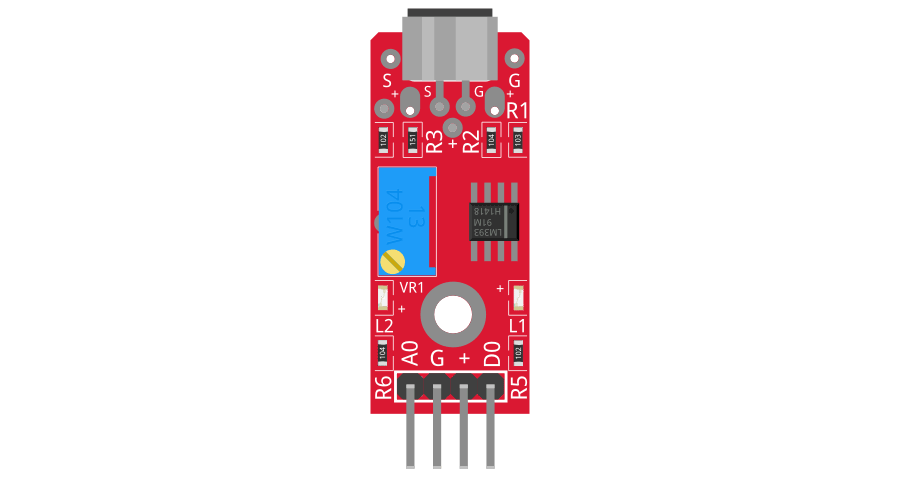
 Design with KY-037 in Cirkit Designer
Design with KY-037 in Cirkit DesignerIntroduction
The KY-037 is a sound sensor module designed to detect sound levels and convert them into an analog voltage output. It features a high-sensitivity microphone and an onboard potentiometer for adjusting the sensitivity. The module provides both analog and digital outputs, making it versatile for a wide range of applications.
Explore Projects Built with KY-037
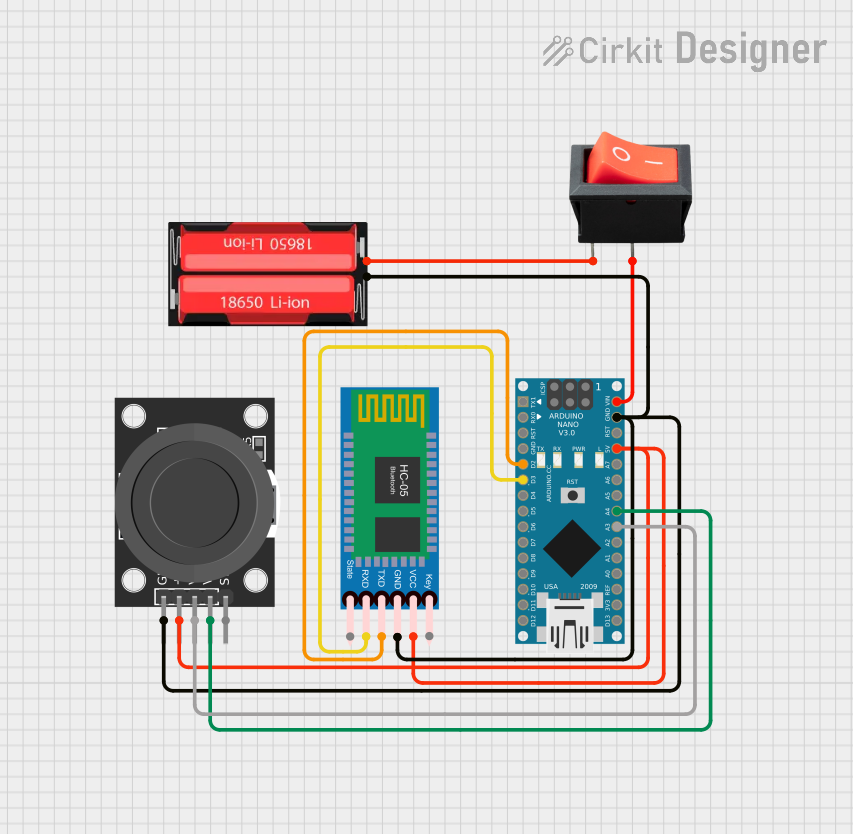
 Open Project in Cirkit Designer
Open Project in Cirkit Designer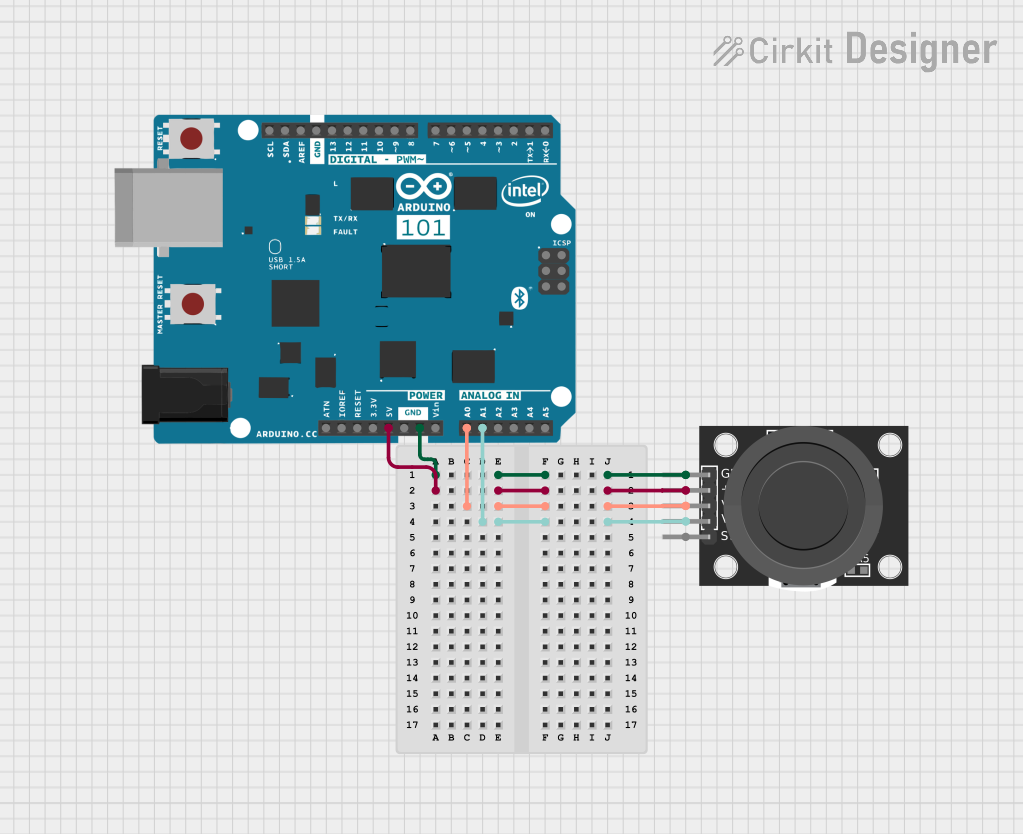
 Open Project in Cirkit Designer
Open Project in Cirkit Designer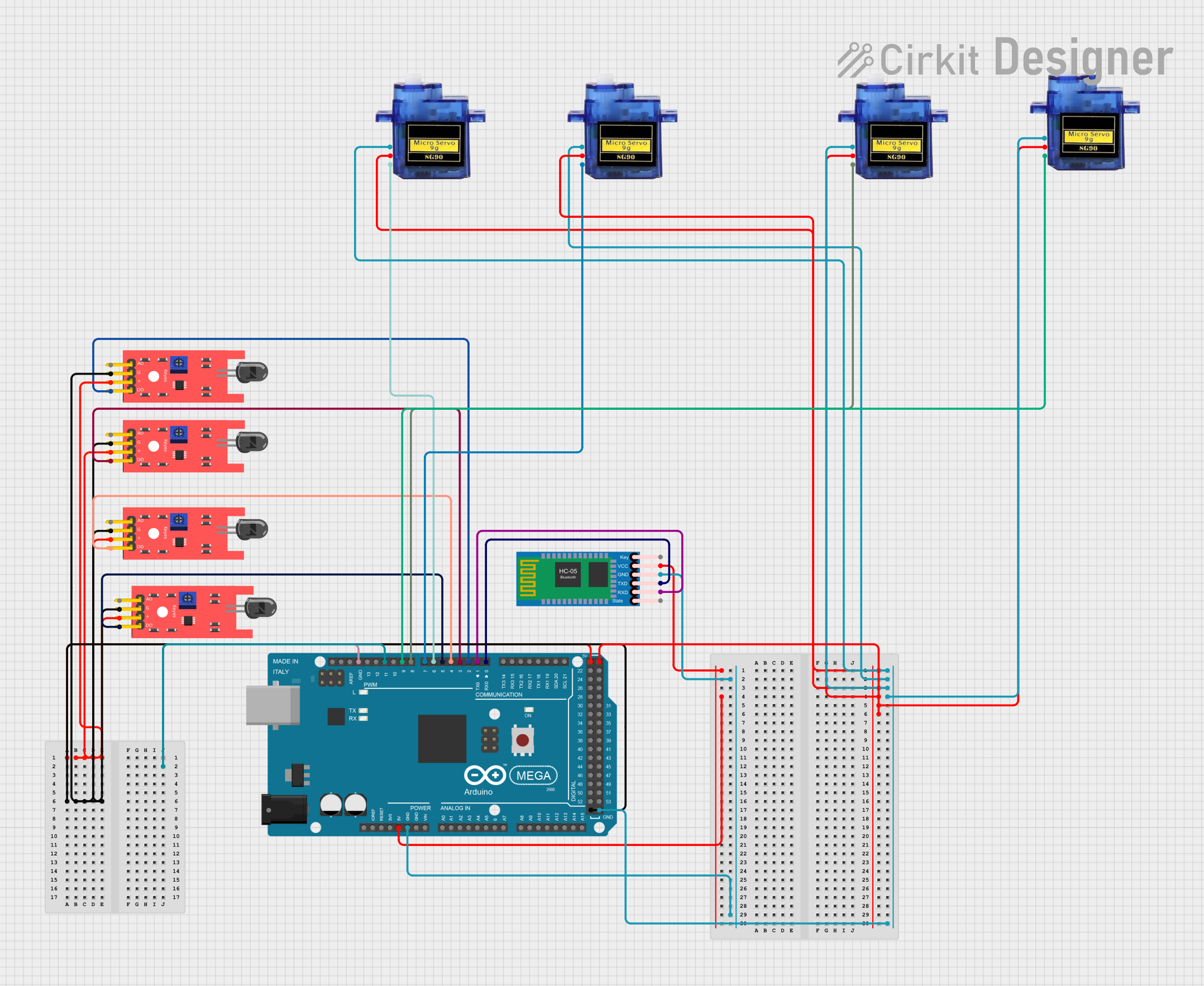
 Open Project in Cirkit Designer
Open Project in Cirkit Designer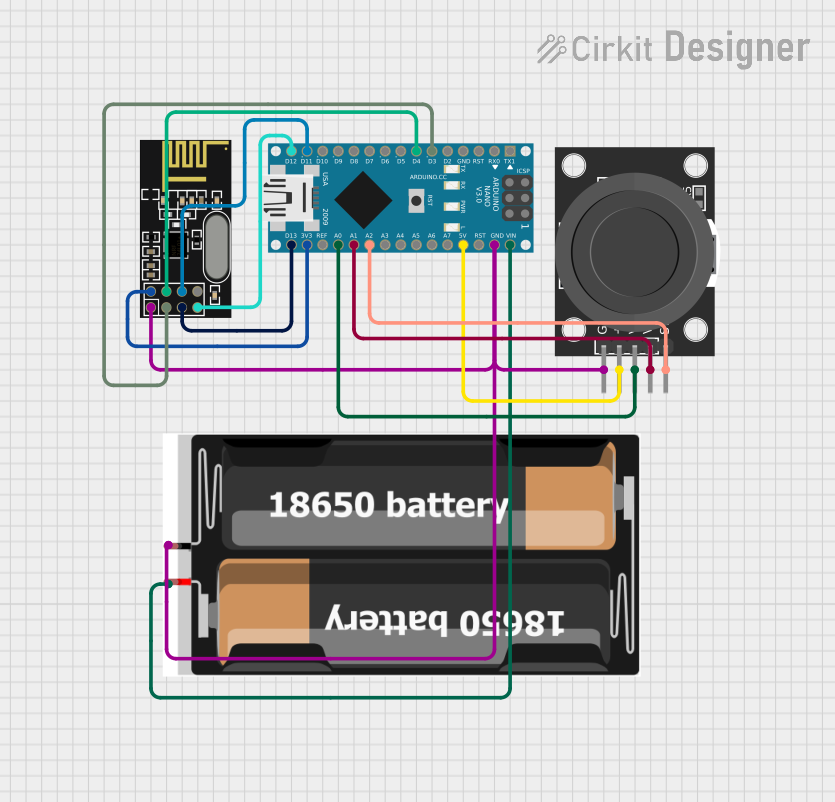
 Open Project in Cirkit Designer
Open Project in Cirkit DesignerExplore Projects Built with KY-037

 Open Project in Cirkit Designer
Open Project in Cirkit Designer
 Open Project in Cirkit Designer
Open Project in Cirkit Designer
 Open Project in Cirkit Designer
Open Project in Cirkit Designer
 Open Project in Cirkit Designer
Open Project in Cirkit DesignerCommon Applications and Use Cases
- Sound-activated switches
- Audio level monitoring
- Voice-activated systems
- Environmental noise detection
- DIY electronics and Arduino projects
Technical Specifications
The KY-037 sound sensor module has the following key specifications:
| Parameter | Value |
|---|---|
| Operating Voltage | 3.3V - 5V |
| Output Types | Analog (A0) and Digital (D0) |
| Microphone Type | Electret Condenser Microphone |
| Sensitivity Adjustment | Onboard potentiometer |
| Dimensions | 38mm x 15mm x 13mm |
Pin Configuration and Descriptions
The KY-037 module has four pins, as described in the table below:
| Pin | Label | Description |
|---|---|---|
| 1 | VCC | Power supply pin. Connect to 3.3V or 5V. |
| 2 | GND | Ground pin. Connect to the ground of the circuit. |
| 3 | A0 | Analog output pin. Outputs a voltage proportional to the detected sound level. |
| 4 | D0 | Digital output pin. Outputs HIGH or LOW based on the sound threshold set by the potentiometer. |
Usage Instructions
How to Use the KY-037 in a Circuit
- Power the Module: Connect the
VCCpin to a 3.3V or 5V power source and theGNDpin to the ground. - Connect Outputs:
- For analog sound level readings, connect the
A0pin to an analog input pin on your microcontroller. - For digital sound detection, connect the
D0pin to a digital input pin on your microcontroller.
- For analog sound level readings, connect the
- Adjust Sensitivity: Use the onboard potentiometer to set the desired sound threshold for the digital output (
D0).
Important Considerations and Best Practices
- Power Supply: Ensure the module is powered within its operating voltage range (3.3V - 5V).
- Noise Interference: Place the module away from sources of electrical noise to avoid false readings.
- Sensitivity Adjustment: Fine-tune the potentiometer to achieve the desired sensitivity for your application.
- Analog vs. Digital Output: Use the analog output (
A0) for precise sound level measurements and the digital output (D0) for simple sound detection.
Example: Connecting KY-037 to an Arduino UNO
Below is an example of how to use the KY-037 with an Arduino UNO to read both analog and digital outputs:
// KY-037 Sound Sensor Example with Arduino UNO
// Reads analog sound levels and detects sound using the digital output
// Define pin connections
const int analogPin = A0; // KY-037 A0 connected to Arduino A0
const int digitalPin = 2; // KY-037 D0 connected to Arduino digital pin 2
const int ledPin = 13; // Built-in LED for sound detection feedback
void setup() {
pinMode(digitalPin, INPUT); // Set digital pin as input
pinMode(ledPin, OUTPUT); // Set LED pin as output
Serial.begin(9600); // Initialize serial communication
}
void loop() {
// Read analog sound level
int soundLevel = analogRead(analogPin);
Serial.print("Analog Sound Level: ");
Serial.println(soundLevel);
// Check digital sound detection
if (digitalRead(digitalPin) == HIGH) {
digitalWrite(ledPin, HIGH); // Turn on LED if sound is detected
Serial.println("Sound Detected!");
} else {
digitalWrite(ledPin, LOW); // Turn off LED if no sound is detected
}
delay(100); // Small delay for stability
}
Troubleshooting and FAQs
Common Issues and Solutions
No Output from the Module:
- Ensure the module is powered correctly (3.3V - 5V).
- Check all connections for loose wires or incorrect pin assignments.
Digital Output Always HIGH or LOW:
- Adjust the sensitivity using the onboard potentiometer.
- Verify that the sound level exceeds the threshold for detection.
Inconsistent Analog Readings:
- Minimize electrical noise by using shorter wires and proper grounding.
- Ensure the microphone is not obstructed or damaged.
Arduino Not Detecting Sound:
- Confirm that the correct pins are defined in the Arduino code.
- Test the module with a multimeter to verify its output.
FAQs
Q: Can the KY-037 detect specific frequencies?
A: No, the KY-037 is not frequency-selective. It detects overall sound levels and cannot differentiate between specific frequencies.
Q: How do I know if the module is working?
A: The onboard LED will light up when the digital output (D0) is HIGH, indicating sound detection.
Q: Can I use the KY-037 with a 3.3V microcontroller?
A: Yes, the KY-037 is compatible with both 3.3V and 5V systems. Ensure the VCC pin is connected to the appropriate voltage.
Q: What is the range of the analog output?
A: The analog output (A0) provides a voltage range from 0V to the supply voltage (3.3V or 5V), proportional to the detected sound level.